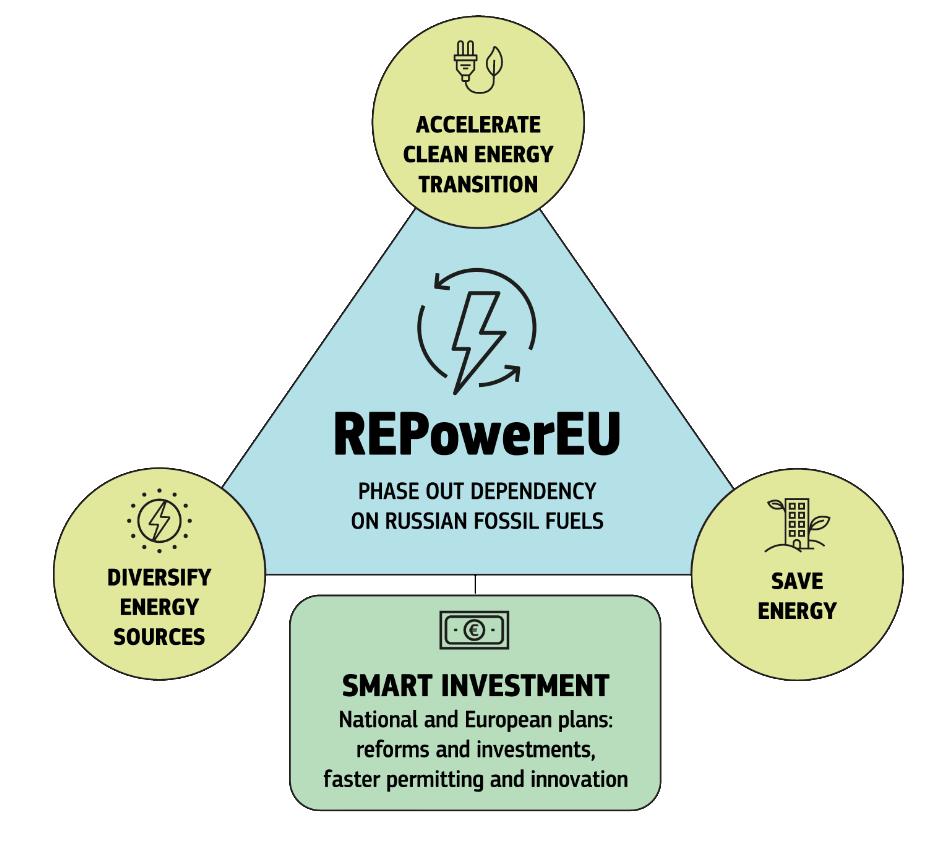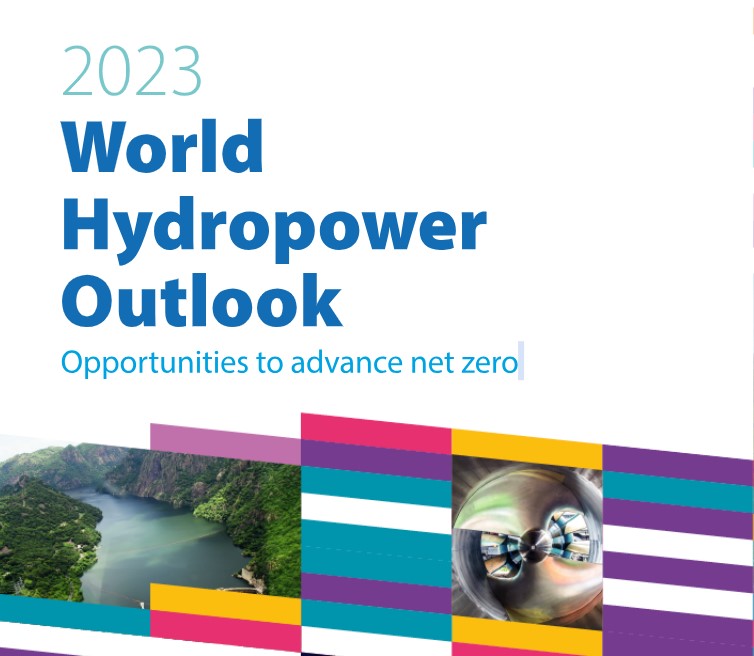UNIFYING THE VOICES OF HYDROPOWER
REPowerEU: one year after the launch
One year after the launch of the REPowerEU plan, the European Union (EU) remains steadfast in its commitment to promoting clean energy production and conservation. The EU aims to enhance energy supply diversification to prevent shortages while expediting a just and sustainable transition towards clean energy.
To monitor the progress of the REPowerEU plan and ensure economic stability and sustainable development across member countries, the Commission has gathered data and released a comprehensive set of 28 factsheets, one for each EU country and one encompassing the entire EU last 24 May 2023. The factsheets are organized around seven key themes, including energy figures, energy-saving measures, diversification initiatives, the EU Energy Platform, clean energy acceleration, energy price trends, and the Recovery and Resilience Facility with its REPowerEU chapters.
See the complete information and access the factsheets on the official page of the European Commission: REPowerEU - one year on (europa.eu)

Source: EUR-LEX on REPowerEU Plan - COM(2022) 230 final
NREL's Emulation Platform Unleashes Potential for Clean Energy Grid IntegrationHydropower plants are large and expensive, making it difficult to customize and test their designs. In contrast, wind and solar energy technologies are easier to model, perfect, and deploy. To address this challenge, researchers at the National Renewable Energy Laboratory (NREL) have developed a Real-Time Hydropower Emulation Platform. This platform utilizes field data, mathematical models, and hardware to recreate hydropower plants in a virtual laboratory setting. It enables users to study how different plant designs would operate in the real world and in real time, providing a cost-effective and low-risk way to test new hydropower technologies and grid configurations. The development of this emulation platform is particularly crucial for the clean energy power grid transition. Hydropower's reliable and flexible energy, along with its storage capabilities, will play a significant role in maintaining grid stability. While the integration of solar and wind energy into the grid has been extensively studied, the potential of hydropower in supporting a clean energy grid is not well understood. By using power electronics to enhance control over energy output, hydropower plants can swiftly respond to both cyber and natural threats, further increasing their value in a future clean energy system. Read the complete news by energypost.eu: https://energypost.eu/hydropowers-full-potential-emulator-optimises-designs-and-operations-in-real-time/
|
IHA Hydropower Outlook 2023: Global Growth and the Path to Net-ZeroAccording to the International Hydropower Association (IHA), hydropower accounted for 15% of the world's electricity generation last year. China led the sector's growth with a substantial increase of 24GW in capacity, marking the first time since 2016 that over 30GW of new capacity was built in a single year. Meanwhile, Switzerland, Portugal, and Turkey spearheaded significant projects in Europe, with Norway, Austria, and Italy also making notable contributions. Despite the progress observed in the sector, the IHA's World Hydropower Outlook highlights that an additional 700GW of hydropower capacity is required to remain on track for achieving global net-zero emissions by 2050. In terms of investment, the report emphasizes the need for an annual funding of $100 billion to support the realization of net-zero goals, which is currently only half of the required amount. Eddie Rich, CEO of the IHA, emphasizes the importance of incentivizing sustainable hydropower development through financial and market mechanisms, streamlining permitting and licensing processes for renewable projects, and implementing regulatory practices that prioritize hydropower sustainability. The Outlook provides a realistic roadmap to leverage hydropower and other renewables in meeting net-zero targets, urging governments to consider the recommendations presented to drive the development of sustainable hydropower and accelerate progress towards global climate goals. Read more on the IHA Hydropower Outlook 2023.
|

 Illustration Hydropower Emulation Model. Credit: Tara Smith, NREL
Illustration Hydropower Emulation Model. Credit: Tara Smith, NREL